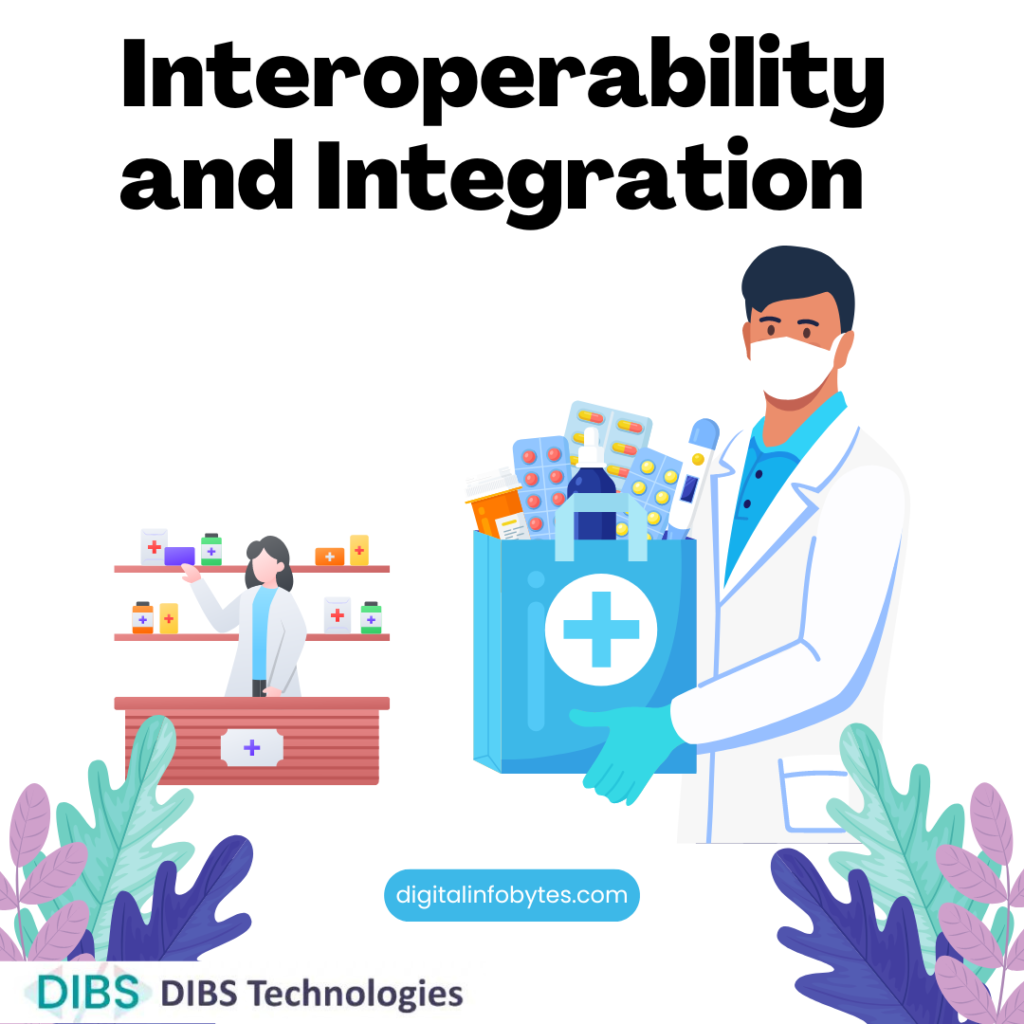The world of health care is extremely competitive and fast-paced, and the correct management of client information is a critical element in ensuring that the best quality patient care and smooth operation of healthcare organizations are provided. This blog is written to take care of the overall healthcare information management guide that is suitable for the healthcare field. Through utilizing technology, being compliant with the regulations, and giving emphasis to patient privacy, healthcare providers can upgrade their information management systems to meet the fast-changing requirements of the industry. In other words, let’s jump in and explore the major tactics for improving client data management in the medical field.
I. The Significance of Effective Client Information Management in Healthcare:
Effective client information management in healthcare goes beyond administrative convenience; it is a cornerstone of patient-centric care. Accurate and accessible patient information aids healthcare professionals in making informed decisions. By promoting seamless coordination among multidisciplinary teams, we can enhance the overall healthcare experience and drive positive health outcomes. Additionally, implementing robust information management practices not only boosts patient satisfaction but also instils trust in healthcare services and facilitates compliance with strict regulations.
II. Leveraging Electronic Health Records (EHR) Systems:
EHR systems have actually revolutionized how medical professionals share information with their clients and have become a game-changer in the industry. These systems have information from a patient centralized on a digital platform. This enables medical teams to have smooth access to the full medical history, treatment plans, and diagnostic results. Therefore, it simplifies the processes, reduces human error and improves communication and collaboration between the healthcare providers. The introduction of EHR systems allows healthcare organizations to deliver personalized and efficient care with the safety of patient data and security.
III. Interoperability and Integration:

In healthcare, a successful client information management strategy largely depends on interoperability and integration. A harmonious patient experience is achieved by enabling data interoperability among different healthcare systems thereby getting rid of information silos. Moreover, integrating different technologies such as EHR, lab, and medical imaging systems increases the overall efficiency of healthcare delivery. This is also effective in implementing population health management strategies. It is through analysis and response to health trends on a larger scale. By adopting interoperability and integration, not only will patient care be improved, but healthcare organizations will also be ready to cope with the future changes in technology.
IV. Enhancing Data Security and Privacy in Healthcare:
When it comes to the healthcare sector, protecting patient data is an important obligation. To prevent unauthorized access to sensitive medical data, robust data security solutions are a primary requirement. Compliance with regulations like the Health Insurance Portability and Accountability Act (HIPAA) is a must. Encryption, Access controls and conducting periodic audits create a safe and secure environment. This guarantees that the patient’s private health information is treated with the highest regard and confidentiality.
V. Leveraging Advanced Analytics for Informed Decision-Making:
The healthcare industry will not just be a data repository but can gain a lot from the management and use of sophisticated analytical tools. Analyzing big data enables the identification of trends related to the type of patients, treatment outcomes, and resource allocation. Through the utilization of data analytics, healthcare providers can be much more informed about their choices, spot areas for streamlining processes, and improve the overall delivery of quality and efficient healthcare services.
VI. Telehealth and Remote Patient Monitoring:
The most recent developments in telehealth and patient monitoring through remote means have transformed how healthcare professionals take care of their clients. These novel technologies have disrupted healthcare with the ability to fetch patient data in a non-traditional setting. Using remote monitoring devices and telehealth platforms, healthcare providers can assess vital signs, symptoms, and adherence to treatment in real time. By integrating these details into one central database, healthcare professionals can have a broader understanding of the patient’s health. Also, as a result, provides better and more tailored health care.
VII. Training and Education for Healthcare Professionals:
Ensuring healthcare professionals are well-versed in client information management practices is paramount. Training programs should cover not only the technical aspects of using information systems but also emphasize the ethical considerations and privacy concerns associated with handling patient data. Educated healthcare professionals contribute to a culture of compliance. Thus, reducing the risk of errors and ensuring the ethical use of client information in the delivery of healthcare services.
VIII. Continuous Improvement and Adaptation in Healthcare:
The healthcare landscape is constantly evolving, driven by technological advancements, changing patient expectations, and evolving regulatory frameworks. Healthcare organizations must embrace a culture of continuous improvement and adaptation to stay ahead. Regularly evaluating and updating client information management strategies ensures healthcare providers can harness the latest innovations. Also, respond effectively to emerging challenges, and deliver the highest standard of care to their patients.
Conclusion:
In conclusion, the enhancement of client information management in healthcare is pivotal for achieving the industry’s overarching goals of improving patient outcomes, ensuring data security and privacy, and adapting to the ever-evolving healthcare landscape. By leveraging technology, prioritizing interoperability, securing patient data, and fostering a culture of continuous improvement, healthcare organizations can navigate the complexities of modern healthcare delivery, delivering a higher quality of care to patients while optimizing operational efficiency.
Talk to our experts and find out more about the latest healthcare technologies. See how the DIBS team can help you improve communication and coordination between healthcare systems, streamlining workflows, and enhancing patient care.







Leave a Comment